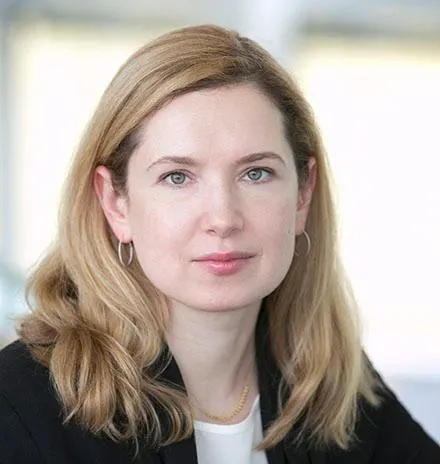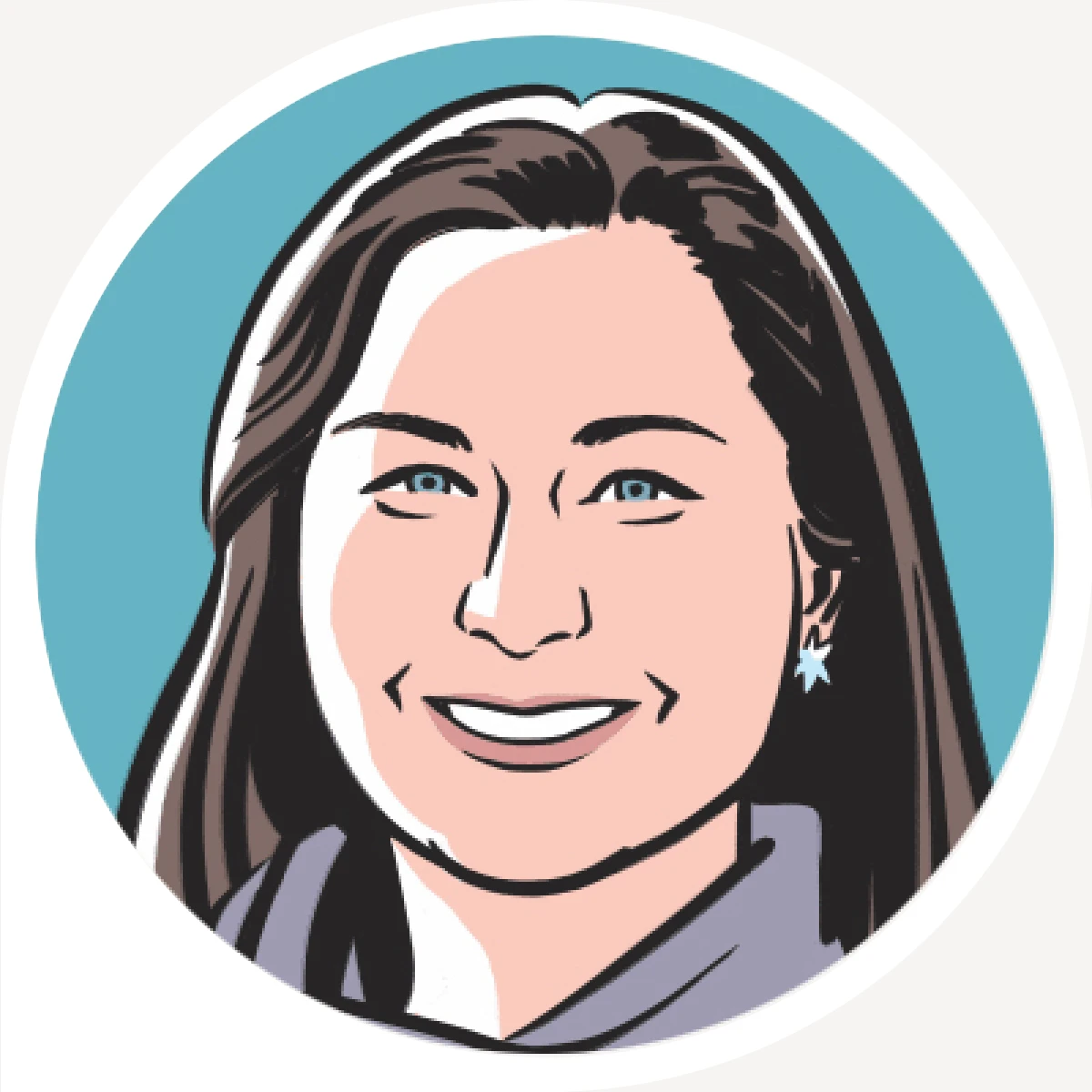Private equity has come a long way since the classic book Barbarians at the Gate detailed the excesses of 1980s Wall Street—an earlier move-fast-and-break-things era of big hair and big profits. Now, an industry synonymous with the elite is trying to reach investors beyond institutions and the 1 percent, raising questions about how far it can truly democratize.
Enter , a German startup that brings the returns of private equity (PE) to people with as little as 10,000 euros to invest. A recent case study by Harvard Business School Professor Victoria Ivashina looks at the digital platform’s “quest” to expand access to PE funds from pensions and endowments to high-net-worth individuals and even less wealthy “retail investors.”
There is the desire by the alternative industry to figure out how to effectively fundraise from individuals on a smaller scale because the institutional investors at this point are mostly wrapped up.
“There is the desire by the alternative industry to figure out how to effectively fundraise from individuals on a smaller scale because the institutional investors at this point are mostly wrapped up,” explains Ivashina, who is the Lovett-Learned Professor of Finance. “There is also the desire from the general public to be present in the alternatives industry given its size and the fact that alternative investments capture a significant part of the economy. You’re kind of left out if you’re not able to invest there.”
Moonfare’s story offers insights for any company seeking new growth opportunities as its target market matures. While PE returns have outpaced stock market gains in the past, PE fundraising slowed last year as some performance suffered, according to several reports. In a recent sign of shifting winds, Yale University’s endowment recently put $6 billion of its PE stakes up for sale after disappointing returns. While institutions and affluent investors could be more cautious, Moonfare’s potential to give more people access to the exclusive asset class might hold broad appeal.
As Moonfare’s Chief Investments Officer Magnus Grufman put it in the case: “To date, the so-called ‘democratization’ has taken private-market products from maybe the top 0.1 percent of wealth distribution to around the top 2 percent, but 98 percent of the pyramid is still not being addressed. Of course, this is not a product for everyone, but the interesting questions are: Where should it stop, and what segments should we as a company be addressing?”
A new kind of investment emerges
The case, coauthored by HBS Research Associate Srimayi Mylavarapu, traces modern private equity to 1974, when a bear market and regulatory changes made it possible for pension funds to consider alternative investments previously considered too risky, like buyout funds and venture capital.
PE firms typically identify private or public firms that can be taken over, improved through management, and sold for profit. Big institutions with long investment horizons, such as sovereign wealth funds, family offices, pensions, and endowments, put money into PE funds to diversify their portfolios.
It’s a very different industry today ... There is no low-hanging fruit, there is no smartest person in the room."
Of course, PE critics have pointed to the human toll of takeovers that involve slashed workforces, site closures, and asset sales. Ivashina points to Barbarians at the Gate, which told the story of the leveraged buyout of , where a bidding war ended in using a large amount of debt to finance a controversial $25 million acquisition. Spinoffs followed, jobs and divisions were cut.
Now, PE investments are relatively mainstream, representing 15 percent of assets under management by the end of 2023.
Moonfare pioneers PE platform
Steffan Pauls started Moonfare in 2016, after a long career at industry veteran KKR. The Berlin-based company’s digital platform was a first, giving high-net-worth individuals the ability to invest in leading PE funds directly. In turn, Moonfare brought a new customer option to PE firms, handling compliance and other technicalities that have been barriers to working with individual investors.
Focusing on high-net-worth investors drove growth from about 70 million euros (about $81 million) in assets under management in 2018 to 2.8 billion euros ($3.2 billion) by the end of 2023. Individual investors control about half of global wealth, the case explains, but just 16 percent of assets in alternative investments, representing a large potential market.
The platform’s ease of use and broader comfort with investment technology helped the company tap into a significant “accumulation of wealth in the population,” Ivashina says. It quickly spawned competitors hoping to follow its early success. Ivashina herself is an independent director for the Carlyle AlpInvest Private Markets Fund. “There is a demand and a supply at the right moment in history for this to kind of start flourishing,” explains Ivashina. “All the large private equity firms are involved and there are a lot of startups; there is a lot of exploration and activity in this space.”
By late 2023, Moonfare’s executives started to wonder if they could lower the investment threshold even further, potentially creating an entry point for investors of as low as 10,000 euros (or $11,582). The team wrestled with how to distribute that kind of product and how to manage clients who were much less knowledgeable about private equity.
Challenges for taking PE to the people
Moonfare offered a way for individuals to access the best funds because it did the due diligence, offering 91 funds after screening over 5,000. But several concerns remained:
What would it take to reach scale with small investments?
Getting to a $100 million fund with investments of $50,000 each means signing up 2,000 investors with a labor-intensive process. Pauls said: “If someone signs up for 10,000 euros and you take a 2 percent fee, you are very constrained as to what you can do with that 200 euros. You cannot even send an adviser to that person.
Would the average investor have enough patience and cash?
PE holdings aren’t as easily traded as stock, and investors are sometimes in for a long haul, committing cash for multiple years. “If you want to buy a stock, it can be done with a quick click on your phone. You own it and you can sell it,” says Ivashina.
PE investors need to be more flexible with cash—and funds must shoulder the risk of default. “If you commit money to private equity funds, you should brace yourself for several years of random calls on capital for which you have to deliver liquidity,” explains Ivashina. “That means you have to manage your liquidity accordingly, which already becomes quite complicated. If you have your money sitting in cash waiting to be called for investments, you could be losing a lot of returns. It’s only much later, five-to-six years into the fund life, that you start receiving money back.”
Can technology meet customer needs in a relationship-driven industry?
Many investors find comfort in working with financial advisers and other experts, but to reach scale Moonfare would need to rely on customer data to create a more personalized platform experience. However, the slower pace of PE investing meant that the company couldn’t collect data as efficiently as other companies. Instead, the company focused on simplifying its platform, allowing users to sign on within 15 minutes, with the goal of increasing interactivity.
What’s the best way to reach new customers?
As Moonfare’s technology advantage shrank, the company would need to leverage its size to differentiate itself in a saturating market. Could its sales team provide more guidance? Partner with advisers who would own the customer relationship? For now, the company would continue working as an intermediary between PE firms and individuals.
This is a complex strategic challenge, says Ivashina. On one hand, Moonfare must scale rapidly to achieve attractive unit economics; on the other, it needs to clearly define and defend its unique value proposition in a market increasingly dominated by large alternative asset conglomerates. “Striking the right balance between speed of growth and strategic differentiation will be critical to sustaining long-term competitiveness,” she explains.
Image by Ariana Cohen-Halberstam with assets from AdobeStock.
Have feedback for us?
Moonfare and the Democratization of Private Equity
Ivashina, Victoria, and Srimayi Mylavarapu. "Moonfare and the Democratization of Private Equity." Harvard Business School Case 225-044, November 2024. (Revised December 2024.)

.jpg)
